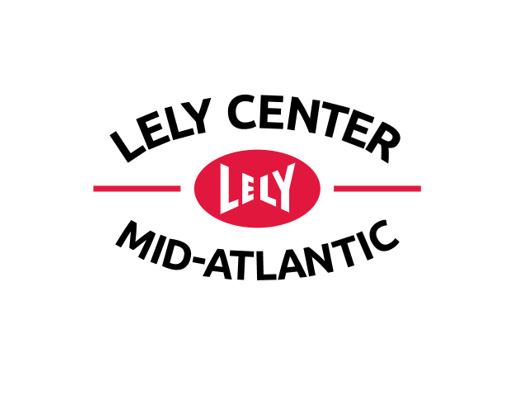What comes to most people’s minds when they think of the dairy industry in 2018? Low milk price. Depression (in both the business and mental form). Farms going out of business. A surplus of milk. The list goes on.
That’s not what I think about.
I think about all the positive outcomes that were the result of these stressors. The first one that comes to mind? Time and time again, I have heard stories from our farmers telling me how they learned to save money, improve efficiencies, and overall pay more attention to their business.
I’m glad to hear our farmers share their stories of success in the face of challenges. Having said that – where is the line? Where do we stop cutting back? When does the abstinence of spending money prevent us from earning it?
I would like to propose that answer in the form of quarterly maintenance.
I was recently on one of our most efficient farms, and I mean that in literal terms. This farm has consistently been on Lely’s list of best milking robots in the world. The farmer watches milk speed very closely and has for years. He consistently making culling decisions based on milk speed information. During my visit, he shared with me that he saw milk speed creeping down and couldn’t figure out the reason. Coincidentally, it was around the time he was starting to get concerned about it that he was due for his quarterly maintenance. To his delight, milk speed started increasing again after the maintenance was performed. In his own words, he told me he probably would have never noticed it if he hadn’t been paying attention to a special report he created, and he wouldn’t have known how to fix it had it not been for the service.
The black line in this graph, “Milk Robot Teat Info”, shows how milk speed was slowly declining until March 10 when the service was performed. The dramatic increase is also prevalent.
The change in milk speed for the month of March went from 7.3 pounds of milk per minute to 8.2 pounds of milk per minute. So, what does that mean in terms of dollars and cents?
Now, I already hear you telling me that there are so many things that change from day to day on a dairy that you can’t contribute it to just one thing. I do agree. But let’s just play with the numbers.
Excluding the day of service, the farm’s highest box time of the month before maintenance was 6:53. After maintenance, their lowest for the month was 6:22. That’s a 31-second difference in box time. More than half a minute.
Looking at milk yield per milking, the farm’s low was 26.9, which increased to 32.8 – a difference of 5.9 pounds of milk per milking.
If we want to look at some more concrete numbers, let’s look at pounds of milk per robot per day. Before maintenance: 4,970 pounds of milk. After maintenance: 5,502 pounds of milk. That’s 532 pounds of extra milk per day, or 194,180 pounds per year, or 1,941.8 hundred weights. Assuming $17 per hundred weight, that’s an extra $33,010.60 per year!
Did I pick the best numbers and a great example to make my point? Absolutely. Is it enough to make you consider how maintenance is benefitting your operation? I certainly hope so!
